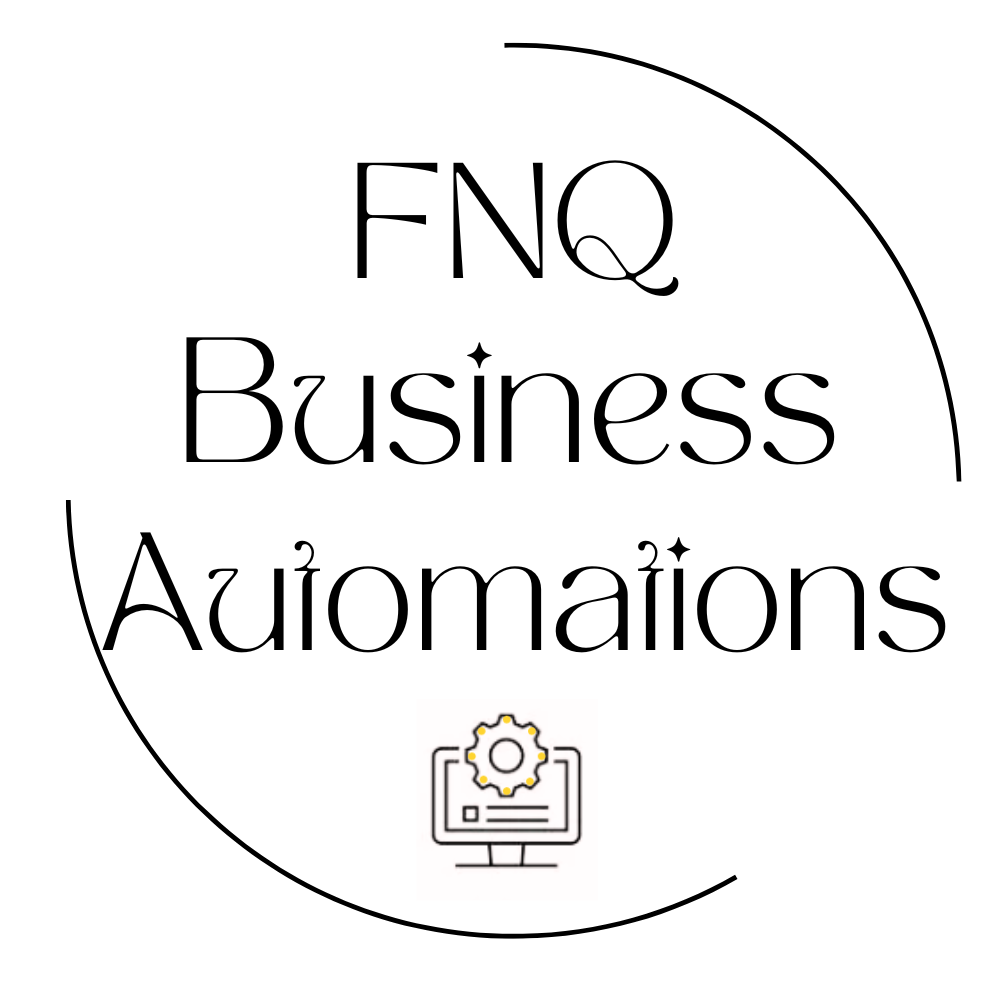How to Stay Ahead Without AI Overload
Every day, new AI breakthroughs flood the internet, each claiming to "change everything." The fear of missing out (AI FOMO) is real, but trying to keep up with every development is overwhelming. At the same time, ignoring AI entirely is risky.
So, how do you strike the right balance? Here’s a simple three-part strategy to stay informed without drowning in AI news:
Use AI Daily – Instead of just reading about AI, integrate it into your workflow. Whether it's automating reports, using AI-powered research tools, or summarising emails, hands-on experience will teach you more than any article.
Experiment with Purpose – When testing new AI tools, start with a specific problem in mind. This focused approach helps you assess usefulness and prevents wasting time on hype-driven tools.
Schedule AI Reviews – Every quarter, assess your biggest business challenges and explore whether AI advancements now offer solutions. Regularly revisiting AI opportunities ensures you don’t fall behind.
The biggest mistake? Assuming AI isn’t ready for your business and never revisiting the decision. AI evolves rapidly—staying adaptable ensures you won’t be left behind. We can help you stay ahead and up-to-date!
If you ever ask yourself “Is there an AI tool for this?”-
Chances are, yes! Websites like There’s an AI for That track thousands of AI tools across industries, and new ones pop up daily.
But with so many tools launching so fast, it’s easy to feel overwhelmed. How do you keep up without drowning in options? Here are a few ways:
Stick to Your Needs – Instead of chasing every new AI tool, focus on ones that solve your biggest pain points.
Follow AI Curation Sites & Newsletters – Websites like There’s an AI for That and newsletters summarise the best new tools so you don’t have to search endlessly.
Test Before Committing – Try free versions of AI tools before fully integrating them into your workflow.
Build a Personal AI Stack – Once you find the right AI tools for your workflow, stick to them and refine your setup rather than constantly switching.
